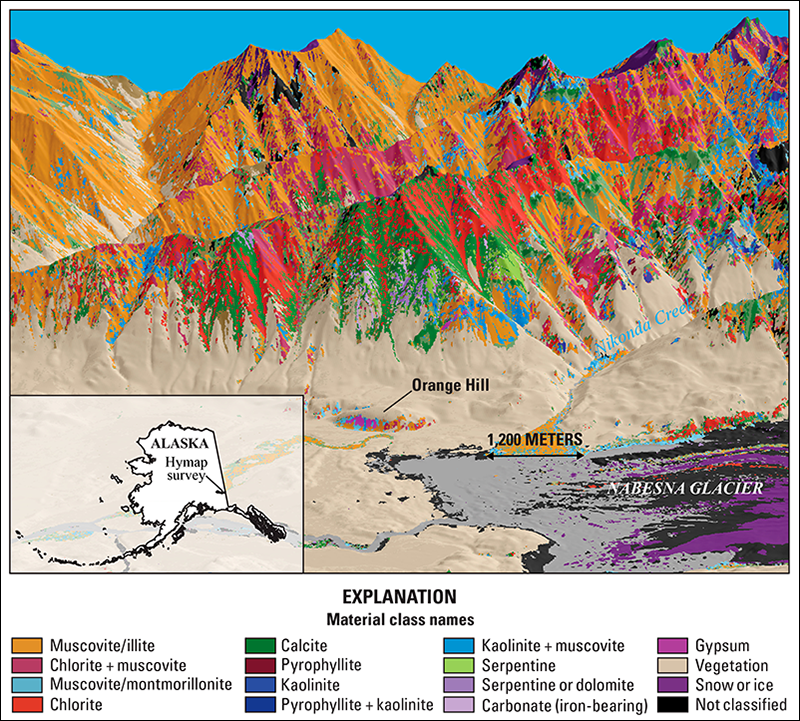2 Courses on Offer
Nick Chidlaw is offering two courses to run in mid November. He gives full details below.
-----------------------------------------------------------
I am proposing to run the above in mid November, if there is sufficient interest and availability to make the courses viable. I have run both of them / versions of them several times in the past, and I have been gratified that attendees have indicated they enjoyed the proceedings and learned a lot.
These courses are located in south-west and north-west Gloucestershire. Some people who live a substantial distance from this area may be interested in both, and the courses are therefore being offered on the same weekend to allow attending to be more workable; both courses are independent of each other, so either or both courses can be enrolled on, depending on people’s particular interests and availability. As the courses are being offered at this particular time of year, it will be necessary to run them an hour earlier than most other field courses I run, to avoid darkness early in the evenings. These November courses would have meeting times of 8.30 – 8.45 am, registration and introduction 8.45 – 9.00 am, and course running times of 9.00 am – 4.00 pm.
Each course has a fee of £27.00 per person.
If you /anybody else you know would like to attend one or both of these courses, please forward a cheque payable to me to:
Dr N. Chidlaw,
8, Silver Street,
Dursley,
Glos.
GL11 4ND.
Please provide me with your postal address – I will then be able to send you your course handout in good time before the course/courses run.
The deadline for the minimum number (10) of enrolments for each course is Wednesday 1st November (just over 2 weeks before the courses are proposed to run). Maximum number of attendees for each course 30. If the minimum number of enrolments is reached by this deadline, the arrangements will continue; if not, the courses will be cancelled, and fees received will be returned to those who sent them in, soon after. If the courses reach viability by 1st November, enrolments can continue up to 1 week (Friday 10th November) before the courses are due to run.
Please see details of the two field courses below. I hope this proposal is of interest to you and to hear from you soon.
Regards,
NICK CHIDLAW.
-----------------------------------------------------------
STUDY THE NEW RED DESERT
 |
| Part of the cliff of the River Leadon near the village of Redmarley D’Abitot, exposing fluviatile deposits of the Bromsgrove Sandstone (Early/Middle Triassic) |
Date: Saturday 18th November 9.00 am – 4.00 pm
This field course is located in north-west Gloucestershire; it visits a number of exposures in Permian and Triassic continental strata deposited under an arid tropical climate, part of the ‘New Red Sandstone Supergroup’. The course takes attendees up through the succession from oldest to youngest, examining key changes in the sedimentary environment over time. These deposits include upland screes and dune sandstones, river sandstones and gravels, and lake deposits; you’ll see evidence for sporadic marine incursions into the desert, which became increasingly common over time. No prior geological knowledge or of the study area would be assumed.
-------------------------------------------------------------------
THE EBB AND FLOOD OF AN ANCIENT SEA
 |
| A view down part of the exposures at Tintern Quarry on the Wye gorge; the strata seen in this image are mostly ‘peritidal’ deposits containing stromatolites, mudflake breccias, oncolites and palaeokarst |
Date: Sunday 19th November 9.00 – 4.00 pm
This course is located in south-west Gloucestershire on the gorge of the River Wye c. 3 miles N of Chepstow; extensive exposures would be examined in a large disused quarry and along track cuttings in adjacent woodland throughout the day. This is known as ‘Tintern Quarry’, and is located by Tidenham Chase. The village of Tintern is c. 2 miles to the NW.
An examination of the earth’s geological record indicates the distribution of land and sea has been far from constant. Movements of the crust have caused land areas to rise above and fall below the sea, and global sea levels have varied with the waxing and waning of polar ice sheets, and uplift of ocean spreading ridges when particularly active. On this course, you will be shown how to interpret an episode of marine retreat and replacement by rivers, then a subsequent re-advance by the sea, in the Early Carboniferous strata exposed. No prior knowledge of geology or the study area would be assumed.
-----------------------------------------------------------
For each course, a handout outlining the day’s programme, including location sketch maps, optional reading list, geological history, written or graphic logs detailing the rocks to be studied, will be forwarded in advance of the course to those enrolled.
Please note that for each course you will need to:
· Arrange your own transport (and accommodation such as B&B if you live beyond commuting distance – tutor can advise)
· Bring your own packed lunch, and any refreshments (e.g. flask of coffee, fruit juice, mineral water etc.).
· Wear strong footwear with good tread and ankle support, and have waterproof clothing with you in case weather is poor.
· Wear a hard hat when below overhead rock faces (we will often be examining natural cliffs / quarry faces). If you do not possess a hard hat, let me know in advance and I will provide you with one for the day.
You would be insured against accident for the duration of each course.


